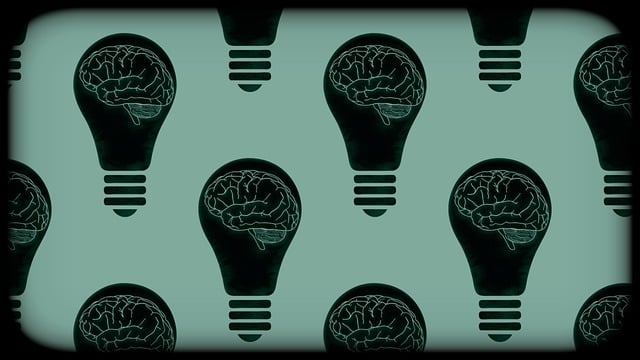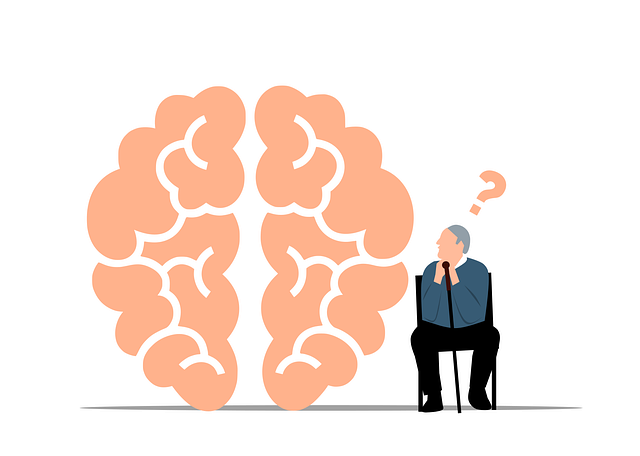Risk assessment is vital in mental health practice, especially for therapy for young adults and EMDR-certified therapists, focusing on client safety. EMDR therapy is an effective approach for young adults with trauma, PTSD, and anxiety, using bilateral stimulation to process distressing memories and enhance emotional intelligence. A comprehensive risk evaluation includes psychological history, coping skills development, self-care practices, and burnout prevention strategies. EMDR certified therapists play a crucial role in helping young adults heal while prioritizing their own well-being through boundary setting, mindfulness, and regular activity.
Mental health professionals face unique challenges, particularly when assessing and managing risks within their practice. This article delves into the critical aspect of risk assessment, focusing on its application in mental health settings and specifically exploring Eye Movement Desensitization and Reprocessing (EMDR) therapy for young adults. We’ll outline essential components of a comprehensive risk evaluation and provide strategies for certified EMDR therapists to mitigate risks effectively.
- Understanding Risk Assessment in Mental Health Practice
- The Role of EMDR Therapy for Young Adults
- Essential Components of a Comprehensive Risk Evaluation
- Mitigating Risks: Strategies for Certified EMDR Therapists
Understanding Risk Assessment in Mental Health Practice

Risk assessment is a fundamental aspect of mental health practice, ensuring the safety and well-being of both clients and professionals. For mental health practitioners, especially those specializing in therapy for young adults and EMDR-certified therapists, understanding this process is vital. It involves a systematic evaluation of potential risks within the therapeutic context, enabling professionals to anticipate and manage crises effectively. By integrating crisis intervention guidance into their practices, these experts can provide a supportive environment while mitigating hazards.
This assessment goes beyond identifying immediate dangers; it encompasses a comprehensive review of clients’ histories, current circumstances, and behaviors. Incorporating mental wellness journaling exercise guidance as part of the risk assessment process allows clients to actively participate in tracking their emotional well-being. Additionally, by employing techniques for emotional well-being promotion, therapists can foster a sense of security and resilience, empowering young adults to navigate challenges effectively.
The Role of EMDR Therapy for Young Adults

Eye Movement Desensitization and Reprocessing (EMDR) therapy has emerged as a powerful tool for treating mental health issues among young adults. This therapeutic approach, which is particularly beneficial for those struggling with trauma, post-traumatic stress disorder (PTSD), and anxiety, facilitates the processing of distressing memories and emotions. By integrating bilateral stimulation techniques, such as side-to-side eye movements or tactile taps, EMDR helps clients reprocess traumatic events and reduce their emotional impact.
For young adults, EMDR therapy offers a safe and effective way to address underlying causes of mental health challenges. It empowers them to develop resilience and coping strategies while fostering emotional intelligence and enhancing social skills training. By addressing past traumas and preventing burnout, which are common issues among mental health professionals working with this demographic, EMDR can contribute to long-term well-being and improved client outcomes.
Essential Components of a Comprehensive Risk Evaluation

A comprehensive risk evaluation for mental health professionals, especially those specializing in therapy for young adults, must include several key components. Firstly, a thorough assessment of the client’s psychological history is vital. This includes understanding their past traumas, current stressors, and any pre-existing mental health conditions that may impact their vulnerability to various risks. EMDR (Eye Movement Desensitization and Reprocessing) certified therapists can employ this specialized technique to help clients process traumatic memories effectively, reducing potential risk factors related to unresolved trauma.
Additionally, the evaluation should focus on identifying coping skills development needs. Young adults often face unique challenges that can contribute to increased risk of mental health deterioration if not managed properly. Incorporating strategies for stress management and emotional regulation is essential. Self-care practices, such as setting healthy boundaries, maintaining a work-life balance, and prioritizing adequate rest and nutrition, should also be addressed. Burnout prevention is a critical aspect of comprehensive risk assessment, ensuring professionals can sustain their well-being while providing optimal care for their clients.
Mitigating Risks: Strategies for Certified EMDR Therapists

Certified EMDR therapists play a vital role in assisting young adults navigate their emotional healing processes through therapy for mental health issues. To mitigate risks associated with this therapeutic approach, therapists must prioritise self-care routine development for better mental health. This includes setting clear boundaries between professional and personal life, cultivating mindfulness practices to manage stress, and engaging in regular physical activity to promote well-being.
Moreover, burnout prevention strategies for healthcare providers are crucial. EMDR therapists should regularly assess their workload, maintain a balanced schedule, and participate in continuous professional development activities. Fostering a strong support network, both personally and professionally, can also enhance resilience and sustain the therapist’s ability to provide effective care over time. This, coupled with an ongoing commitment to self-reflection and personal growth, ensures that therapists remain equipped to assist their young adult clients effectively while preserving their own mental health.
Mental health professionals must continually assess and mitigate risks in their practice, especially when working with young adults. EMDR therapy has proven effective for this demographic, but certified therapists must be adept at conducting comprehensive risk evaluations. By understanding the essential components of such assessments, they can ensure safe and effective treatment, tailoring strategies to mitigate potential risks unique to each client. This approach not only protects both patient and practitioner but also enhances the overall therapeutic experience.











